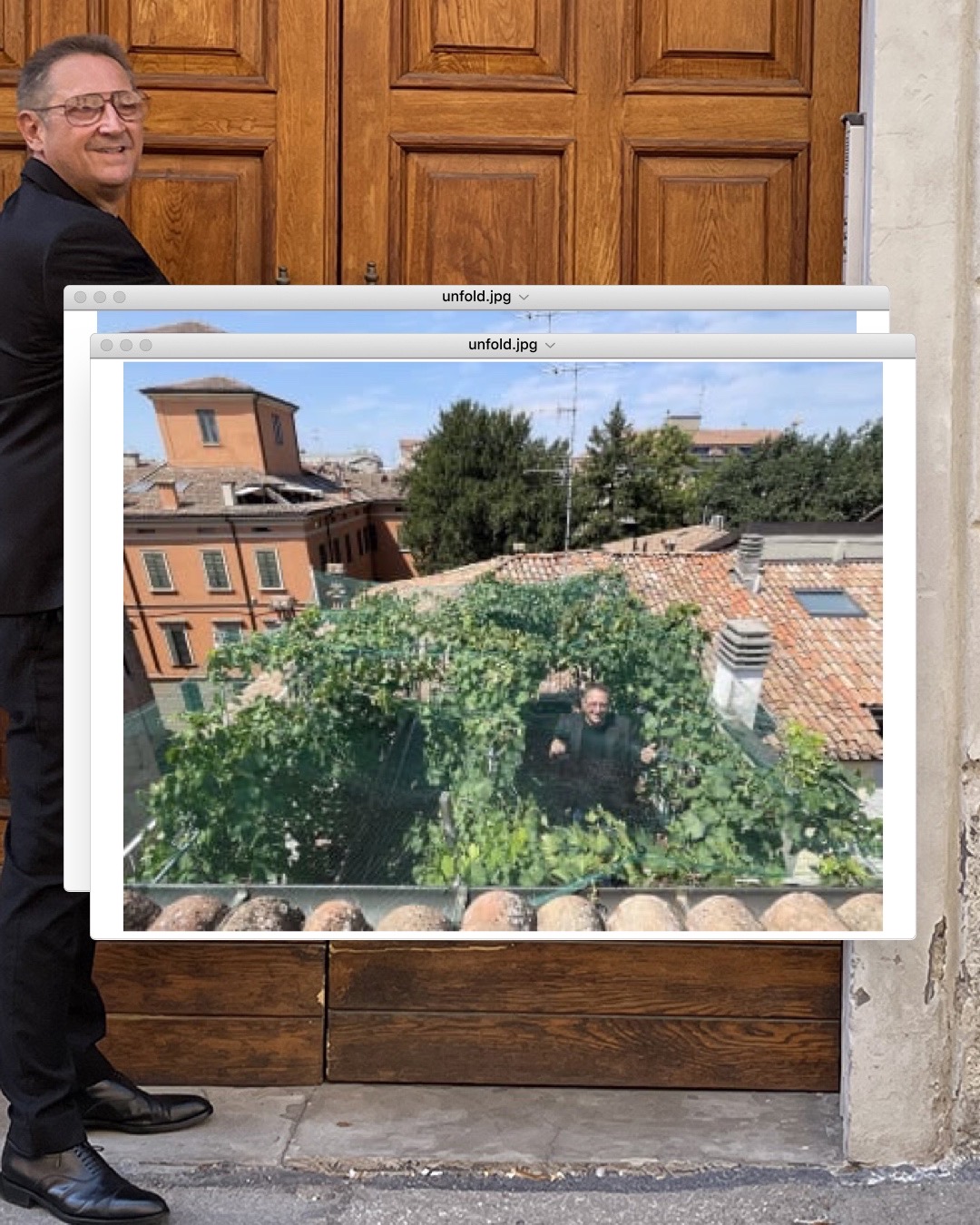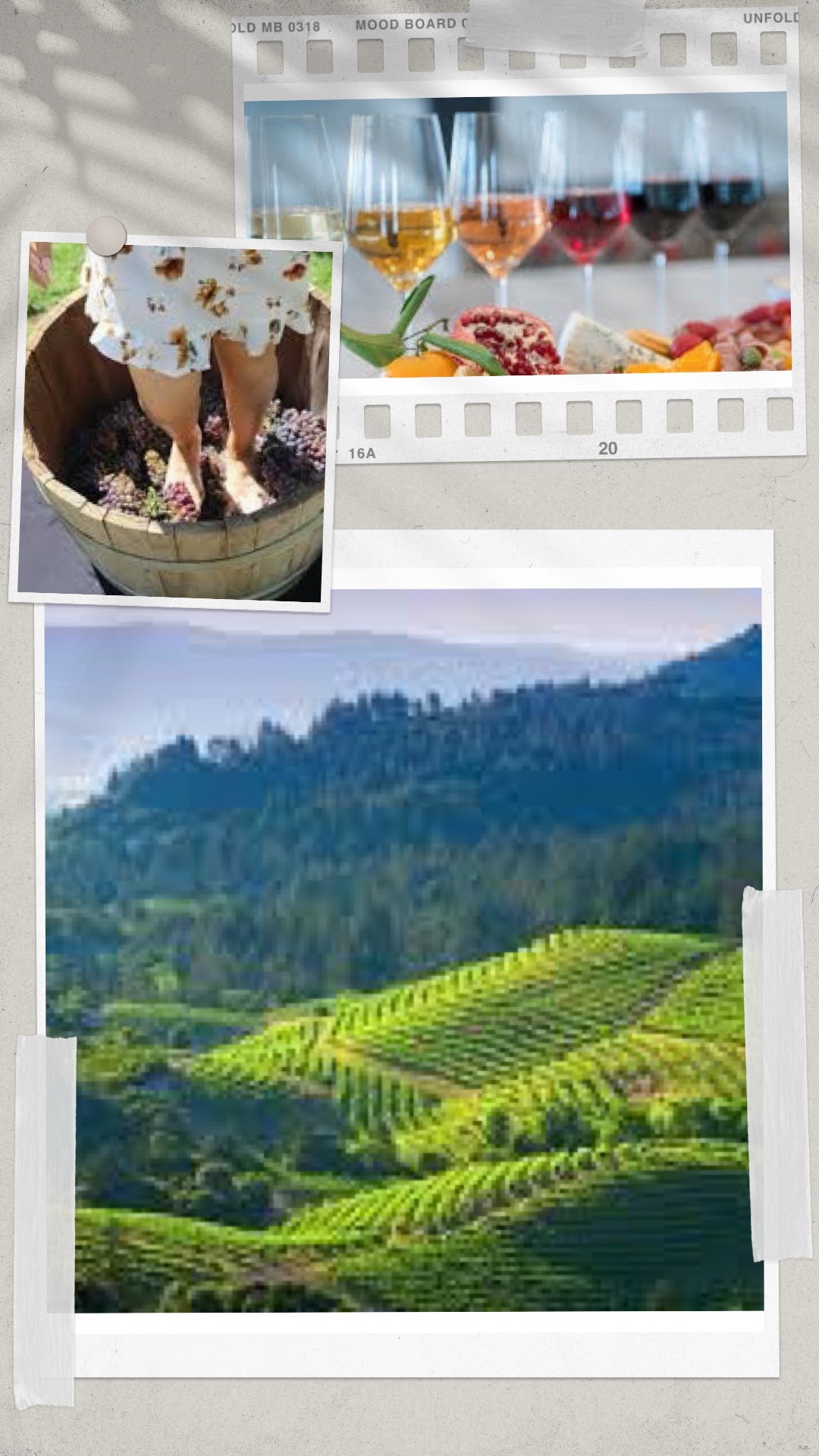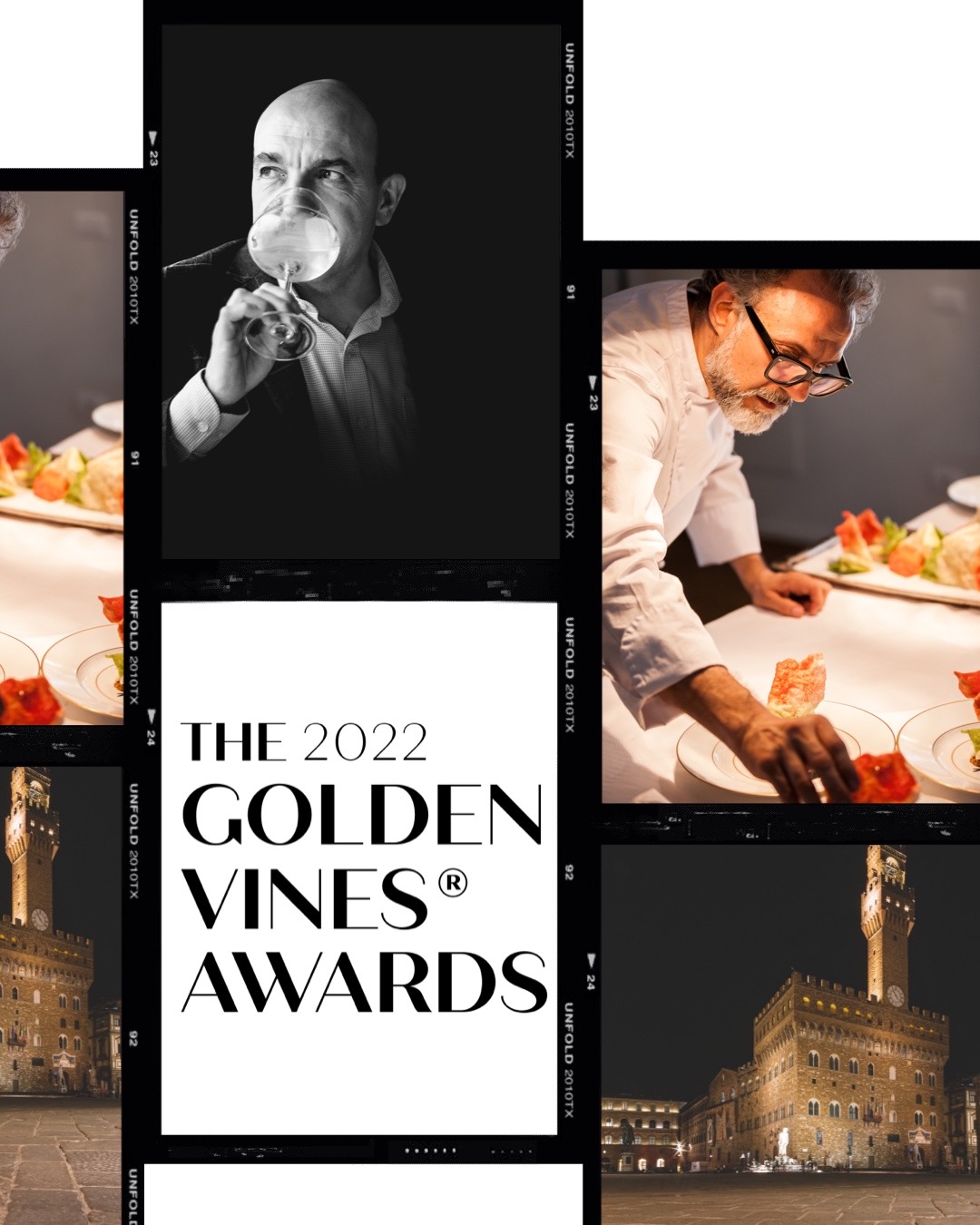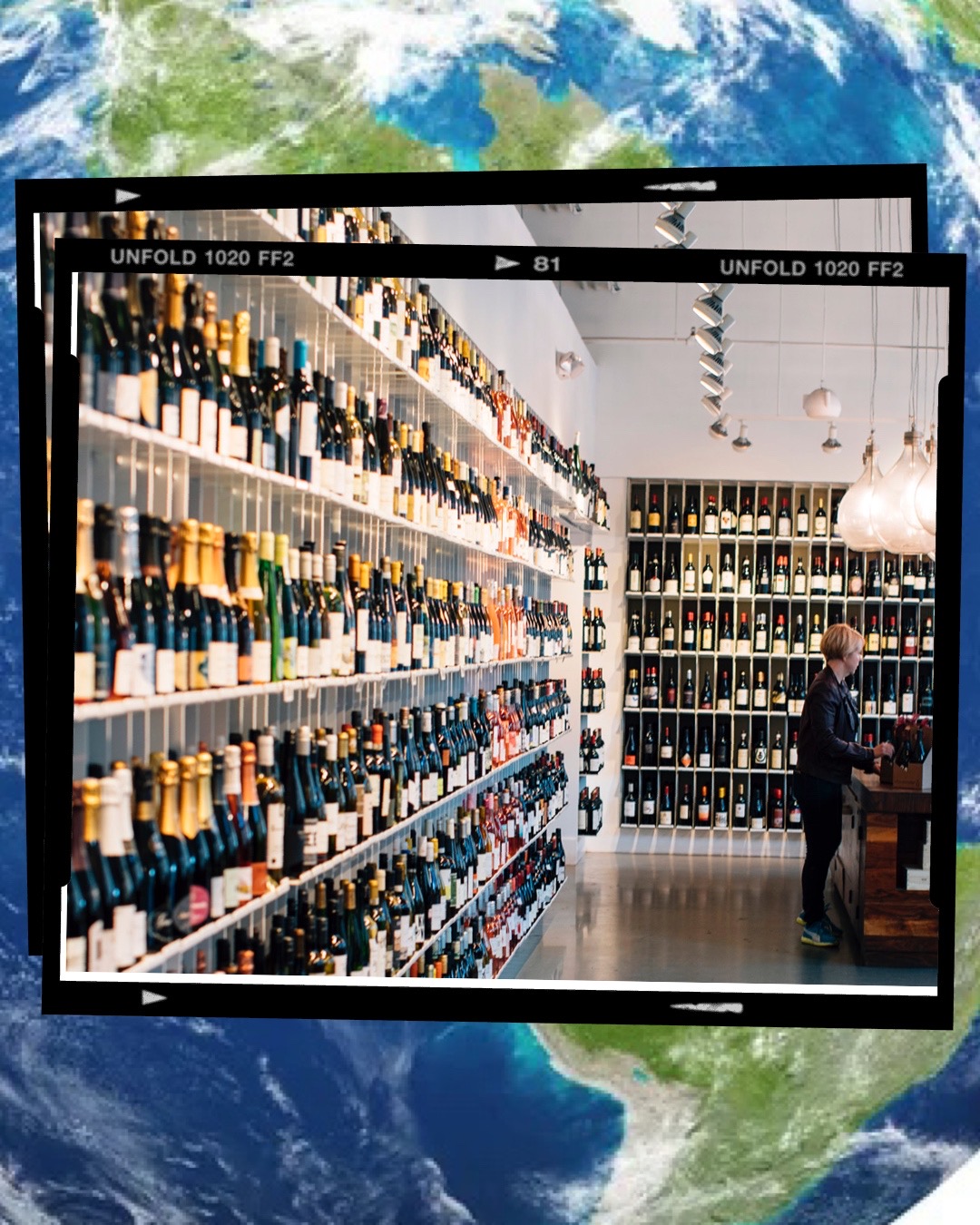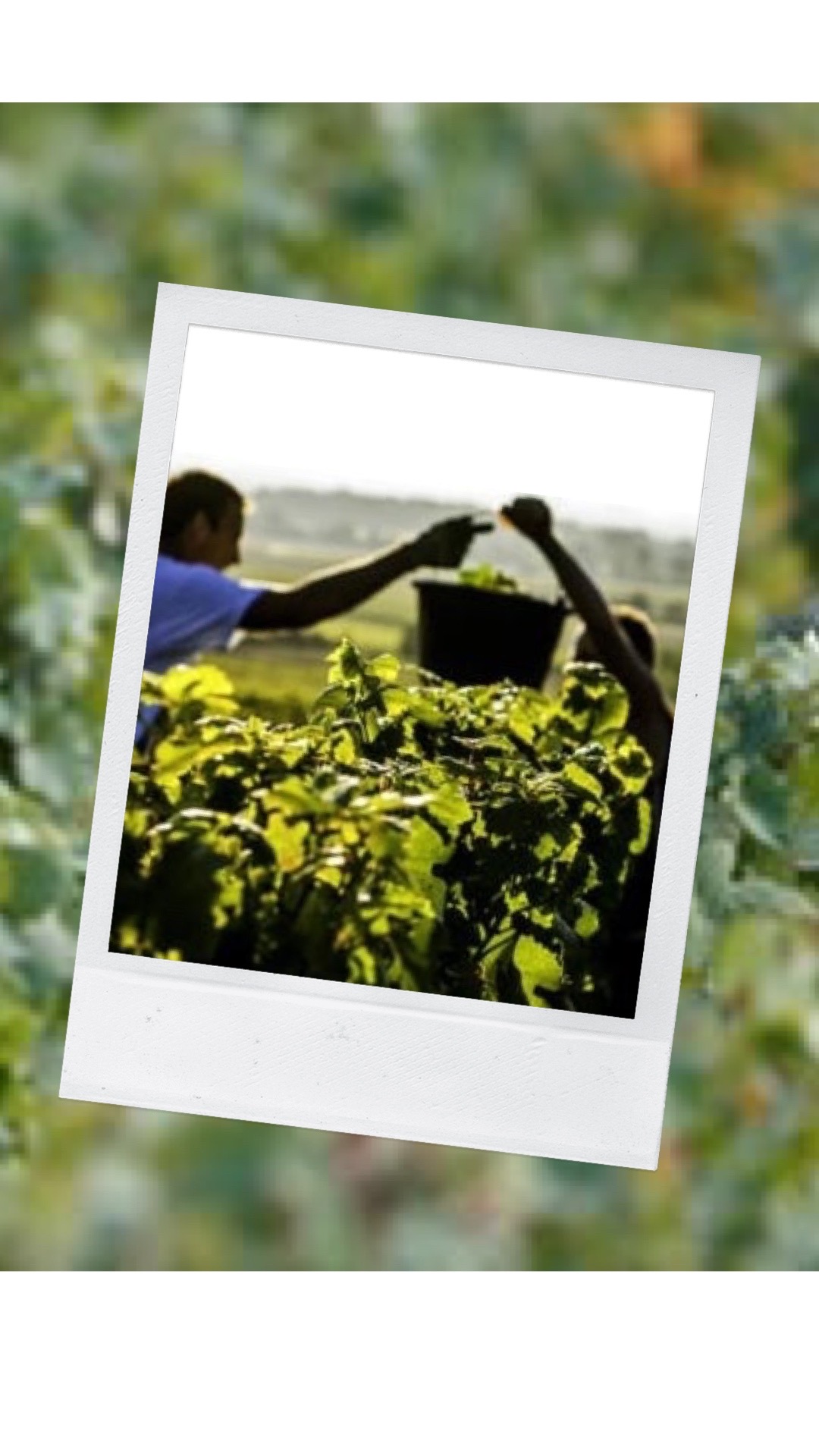On the rooftop of a building in Italy’s Reggio Emilia is ‘Via Maria 10’, which lays claim of being the world’s smallest vineyard. The vineyard is 200 square feet and produces 29 bottles of red wine per year, at a price of US $5,000/bottle, the vineyard’s owner, Tullio Masoni, advises not to drink the wine and you will see why.
Tullio Masoni, a former investment banker, turned winemaker and art collector, was inspired to create his own rooftop winery after selling a vineyard he inherited in the countryside surrounding Reggio Emilia, a decision he says he later regretted.
The wines are not sold via a website or in a wine merchant, but rather in a local art gallery located just a few blocks from the vineyard.
“My wine is a form of artistic expression, a philosophical provocation, something to keep in your living room so you can chat about it with your friends and tell them about the lunatic who put a vineyard on his rooftop” says Masoni
“If you see a bicycle wheel in a living room rather than a repair shop, you realize how beautiful it is,” Masoni said, seemingly a reference to the French conceptual artist Marcel Duchamp, who hung a bicycle wheel on the wall of his studio. “My vineyard is like that: It’s unexpected; it stimulates the brain; it sparks new thoughts.”
Art is at the centre of the entire operation at Via Maria 10. The vines grow on trellises made by a local sculptor, while the resulting wine is aged in oak barrels that are works of art by another local artist.
As such, he asks that people treat his bottles of wine as works of art – he says they should never be opened
Tasting notes:
“At the first sip you get a lot of perplexity, but after a few seconds something comes alive in your palate that opens up your mind to a new dimension”.
Sources: CNN; Drinks Business
#italianwine #winelovers #italianwinelovers #italy #vineyard #winery #wine #instawine #winenews #wineinfluencer #winegrowing #wineandart #wineinvestment #winelife #redwine

